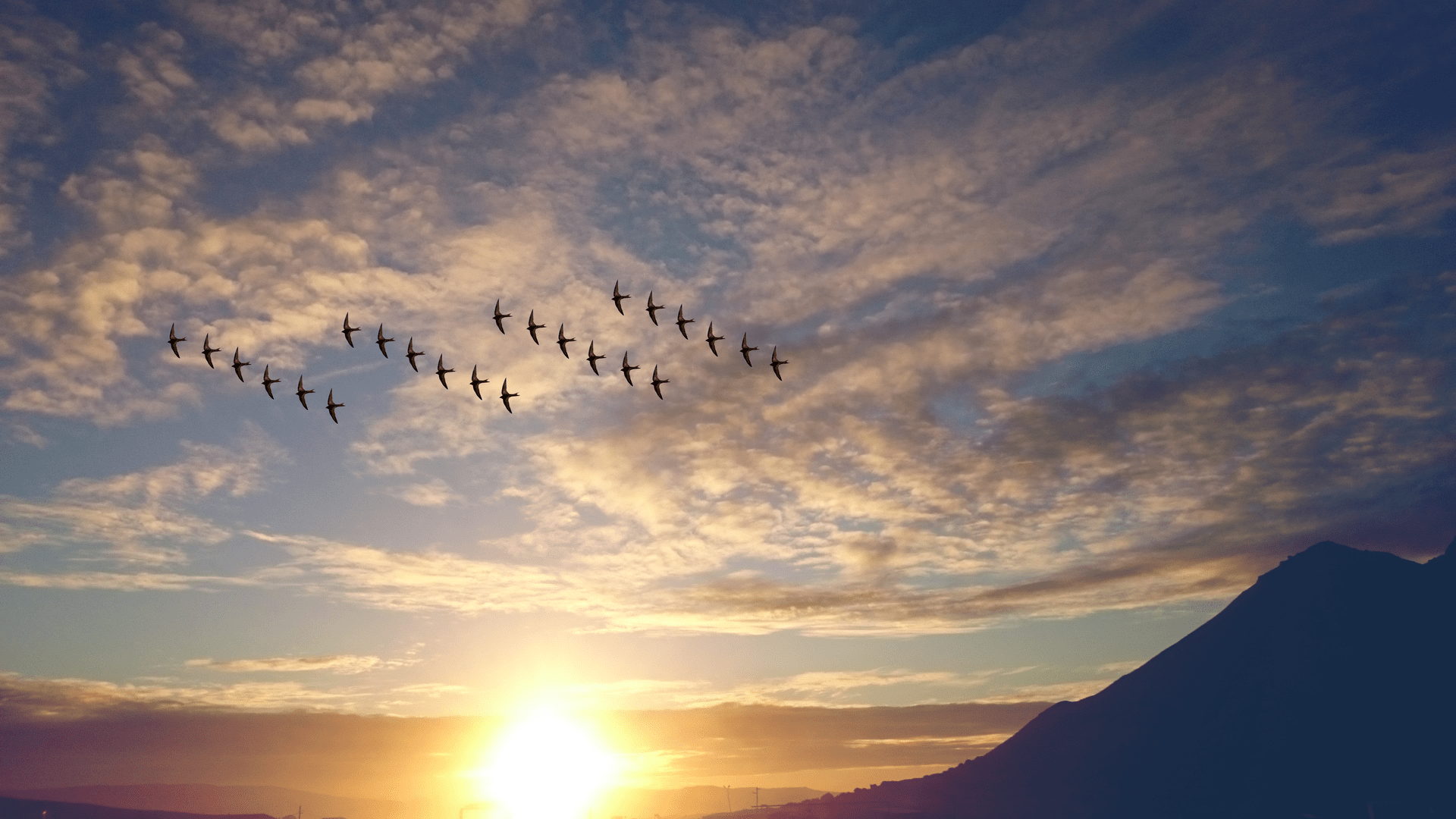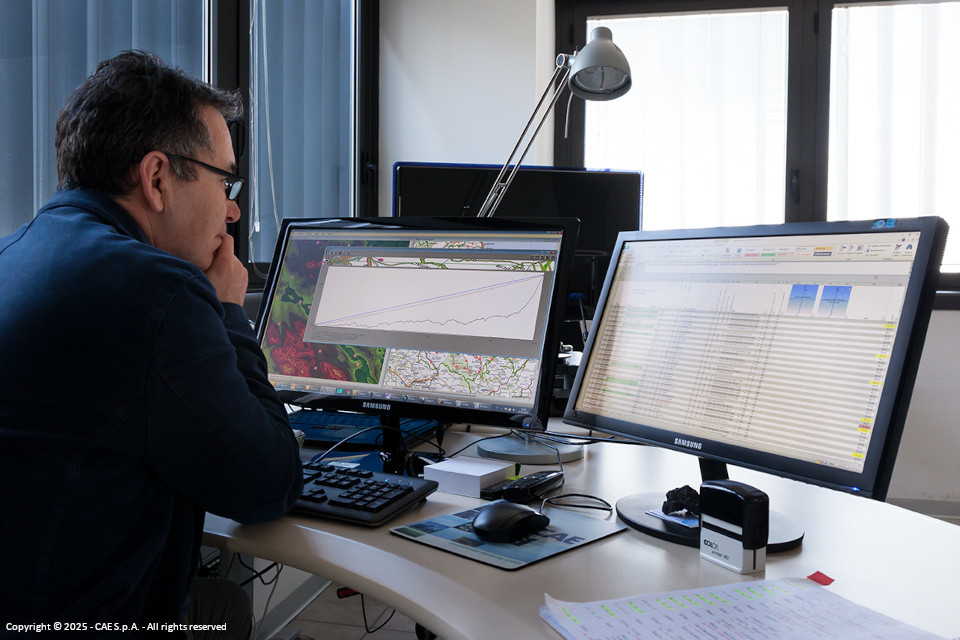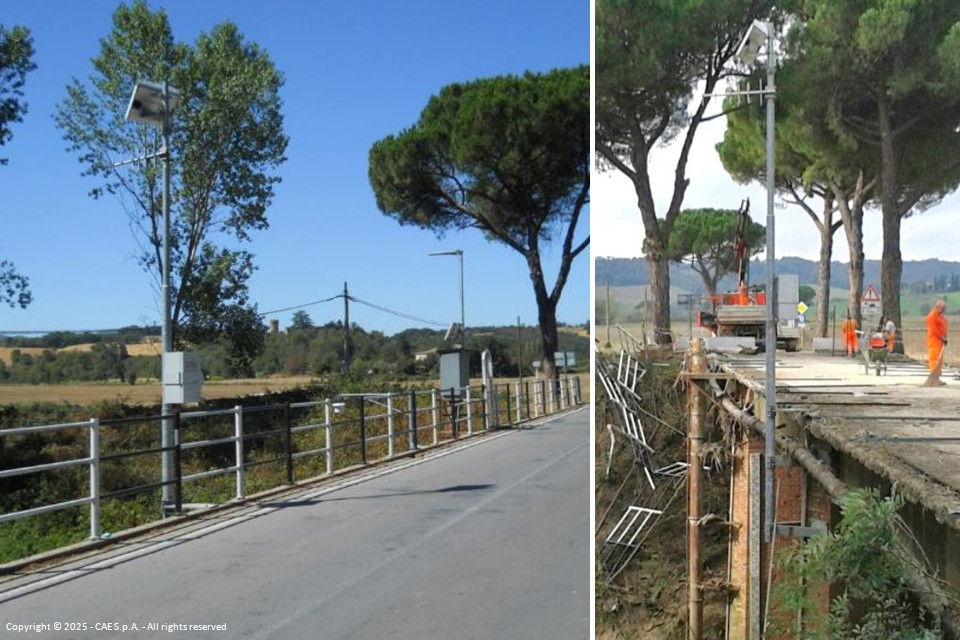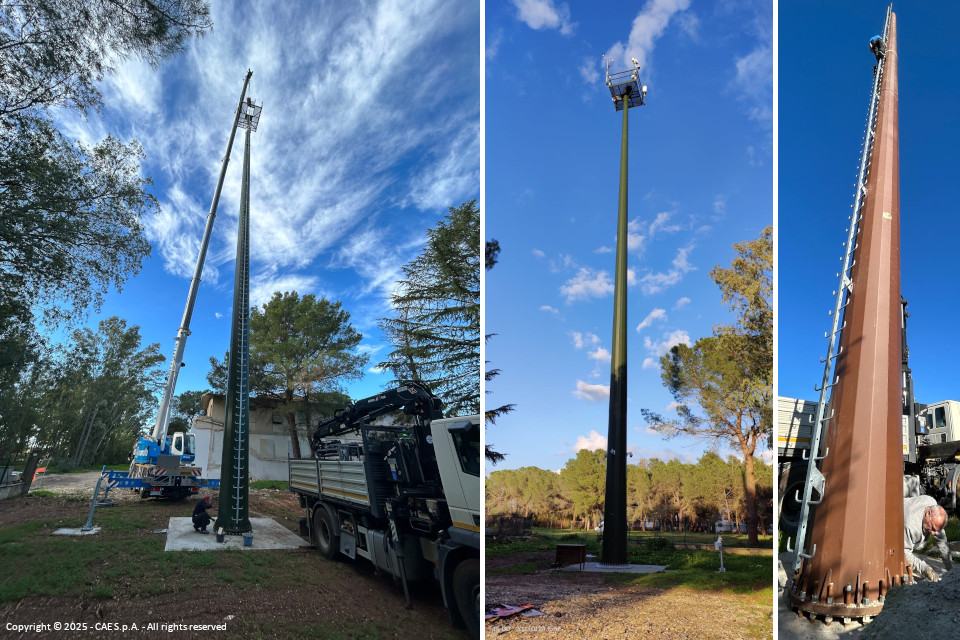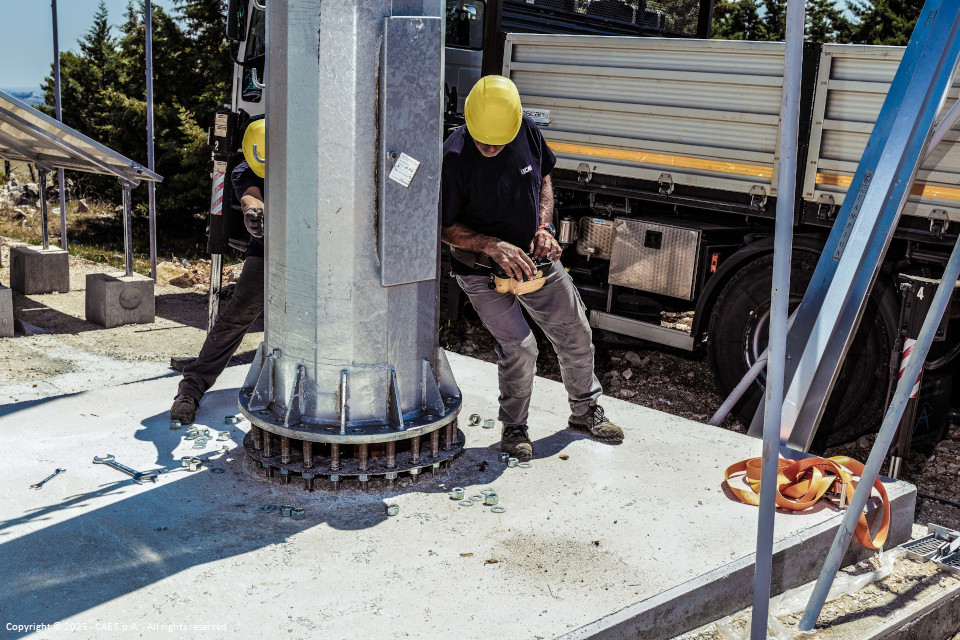Reliable monitoring systems? It all starts with good planning
May 2025
To improve technical synergies and ensure faster project management, the “Design” department recently became part of the “Innovation & Technology” area. Because the company is growing, work has been done, and more is planned, to reshape the internal structure, with just one goal: continue to guarantee customers get the highest quality in terms of products and services.
CAE provides solutions to mitigate risks related to extreme natural events. All the decisions taken by the authorities, from issuing a bulletin to automatically switching on a traffic light at the entrance to a flooded underpass, depend on the reliability of the measurement at the source, and the entire data recording and transmission chain. This reliability depends both on the quality of the specialised services that accompany the technologies, such as design, installation and maintenance, and on the robustness and accuracy of the components and products that are developed and deployed.
In this article, we focus on the “Design” department, which, since 2021, has been headed by Ermes Fabbri, a 35-year veteran of the company.
The department is involved in the early operational phases of the project, and is responsible for: carrying out executive and feasibility surveys, designing and drawing the plant configurations of the installations, supporting steelwork for equipment and sensors, designing radio communication networks, carrying out structural checks, producing and managing documentation, drawing up monographs, following the paperwork for obtaining permits and preparing bills of materials.
What are the main principles on which the design work carried out by the department is based?
CAE systems have always been designed to ensure maximum reliability even, and especially, under extreme conditions, the keywords being:
1. redundancy: both regarding energy, meaning the station power supplies, and regarding telecommunications and the means of transmitting data measured in the field;
2. robustness: our installations have to withstand extreme conditions, and we can proudly show images of bridges swept away by flooding where the CAE station does not move an inch while neighbouring infrastructures, lighting poles, railings, etc. are swept away by the rush of water;
3. safety:our installations are designed to provide installers and maintenance technicians with high standards of work safety, taking into account, for example, site accessibility and road conditions for positioning hydrometric sensors;
4. environment: improving the environmental sustainability aspects of designed products by integrating material and process assessments into the development process.
The company's approach is to provide turnkey systems that ensure maximum customer satisfaction. To do this, there are several factors to consider, for example, we believe that it is essential to invest in standardisation processes in order to reduce intervention times. Another important activity is to support customers in obtaining permits: either by providing the necessary documents or by filing applications as a representative, thus interfacing directly with the issuing authorities: Councils, Park Authorities, Heritage Protection Authority and so on.
What are you focusing on to grow the department? Is there any news?
Of course, professionalism is essential. The department now consists of 6 people who complement each other to ensure customers receive a service that takes account of both great experience and important specific areas of expertise, thanks to the introduction of new professional roles that we believe essential to providing the best service, including a structural civil engineer, a hydraulic civil engineer and a surveyor.
In addition, we have introduced the use of new state-of-the-art software. For example, considerable progress has been made in radio network design since I started working in CAE. Today we have software that allows us to predict issues that were previously only found with field surveys and tackle them in advance. On-site verification is still necessary, but the software allows us to arrive prepared, ready to define the details, because on a macroscopic level the situation has already been analysed and studied beforehand at the desk. Since the 1980s, preventive remote analysis was always done with relief maps, but the level of accuracy achieved today is something else. Moreover, going into detail on our core business, today we use parametric 3D software capable of generative design, real-time simulations, additive manufacturing and the use of augmented reality. This software is also essential for obtaining the permits mentioned earlier. We are also in the process of introducing a new “management system” for 3D modelled drawings of company products, an essential tool for sharing information dynamically in real time to improve the group synergy in the 'Innovation & Technology' area.
The tools change, but not the goal, which is why we strive to stay up-to-date in order to provide the best possible service for our customers.
Back to the index
